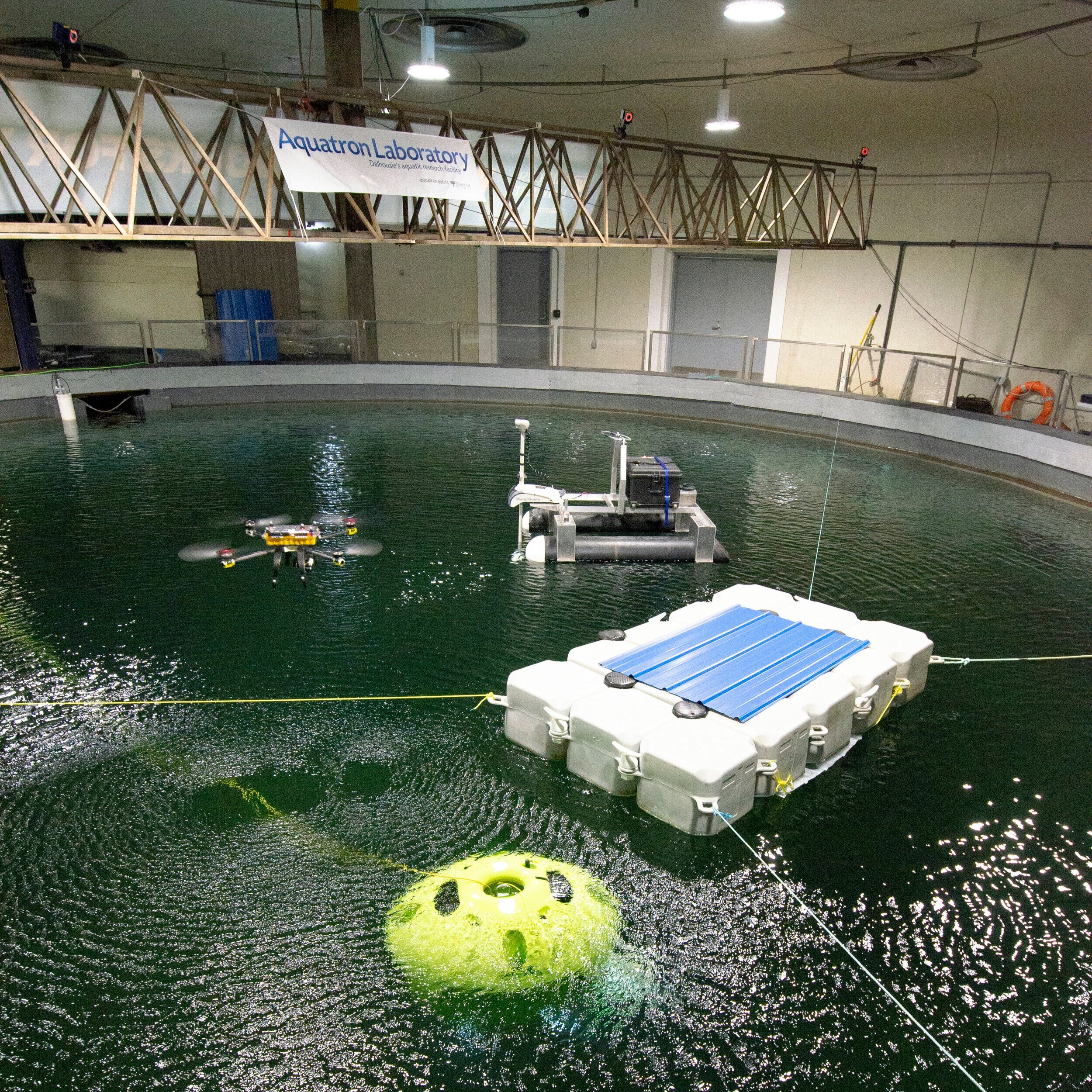Cellula Robotics has successfully completed the initial builder’s sea trials for the Solus-LR Autonomous Underwater Vehicle (AUV).
Solus-LR is a fuel cell powered long range AUV, capable of 2000km submerged missions; it is currently being built for Defence Research Development Canada under the All Domain Situational Awareness Science and Technology Program.
This first set of sea trials focused on validating basic autonomous behavior including surface and submerged missions in Port Moody off Burrard Inlet, supported by the Cellula Ranger survey vessel.
Over the next month, a suction anchor and variable buoyancy engine module will be added to Solus-LR and a second set of builder’s sea trials will be completed in February. The suction anchor enables Solus-LR to hold station in a low power, quiet mode for extended duration missions.
The final set of builder’s trials are scheduled for April 2020 and will see the fuel cell power module integrated to compete a number of long endurance missions.
The project will conclude in the summer of 2020 with a 2000km mission in the Indian Arm. This mission will see Solus-LR completing 10km laps between navigation and communications buoys, providing regular updates to a remote mission control center via under water communications.
Defence Research and Development Canada (DRDC) is the national leader in defence and security science and technology. DRDC provides the Department of National Defence, the Canadian Armed Forces and other government departments as well as the public safety and national security communities, the knowledge and technological advantage needed to defend and protect Canada’s interests at home and abroad. For more information, please visit DRDC’s website; read their press release here.
All Domain Situational Awareness (ADSA) S&T Program: Through an investment of up to $133 million over five years, through to 2020, in the ADSA S&T Program, DND is supporting a variety of innovative research and analysis projects, the outcomes of which are expected to contribute to the development of options for enhanced domain awareness of air, maritime surface and sub-surface approaches to Canada, in particular those in the Arctic. This research and analysis will be delivered through collaboration with other government departments, academia, industry and allies. Surveillance solutions explored and potentially selected will strengthen the Government of Canada’s ability to exercise sovereignty in the North, and will provide a greater whole-of-government awareness of safety and security issues, as well as transportation and commercial activity in Canada’s Arctic.





